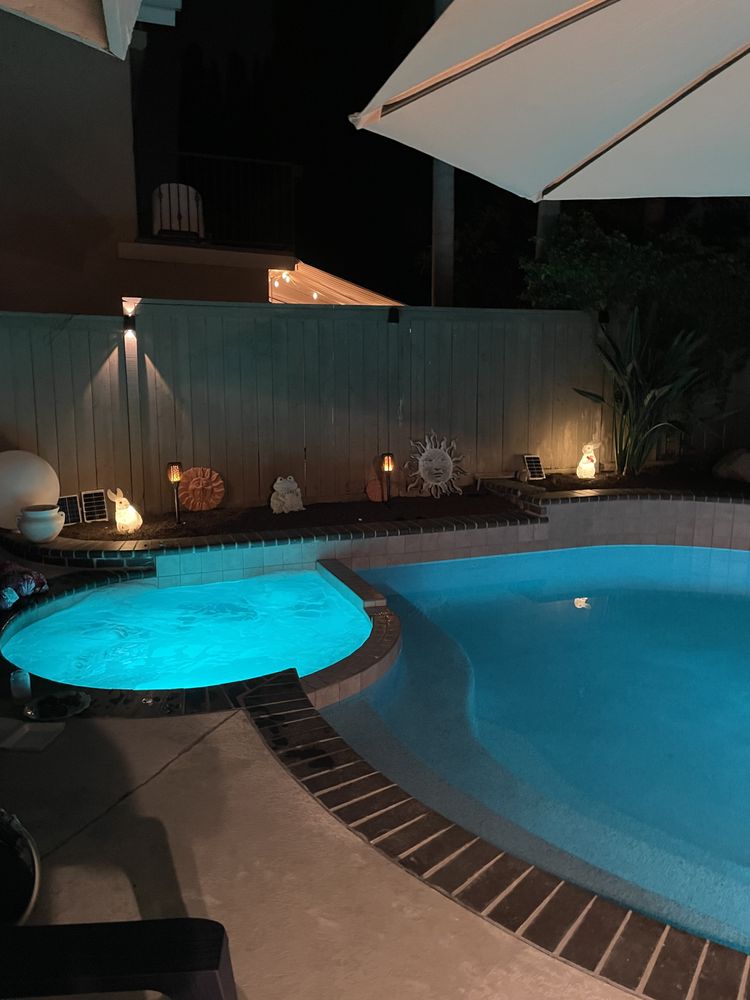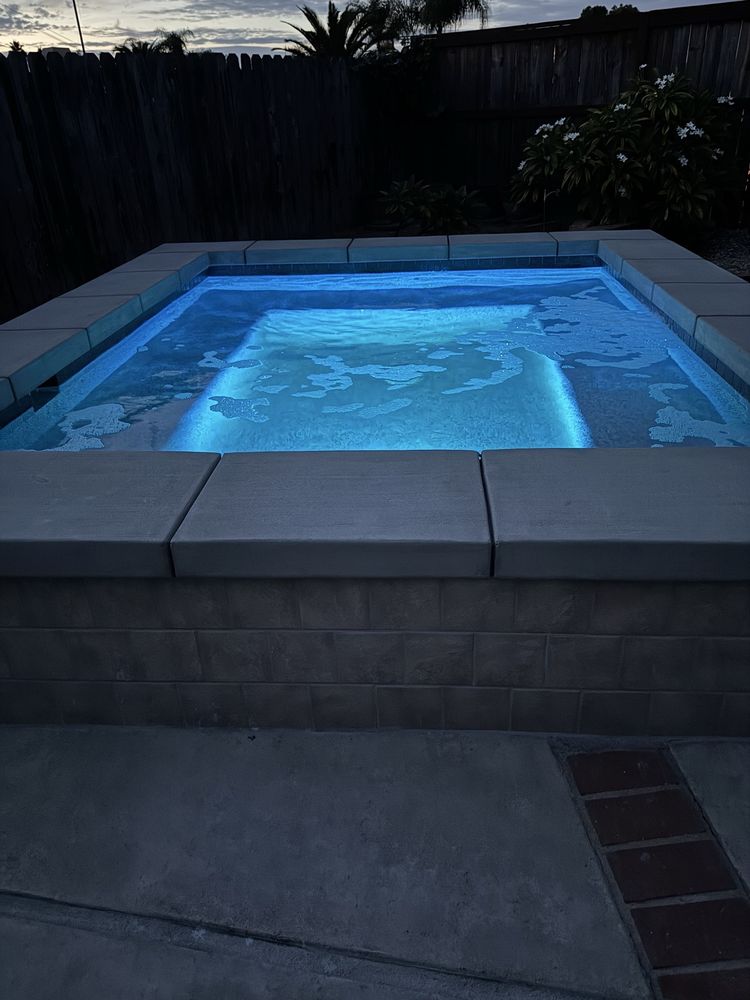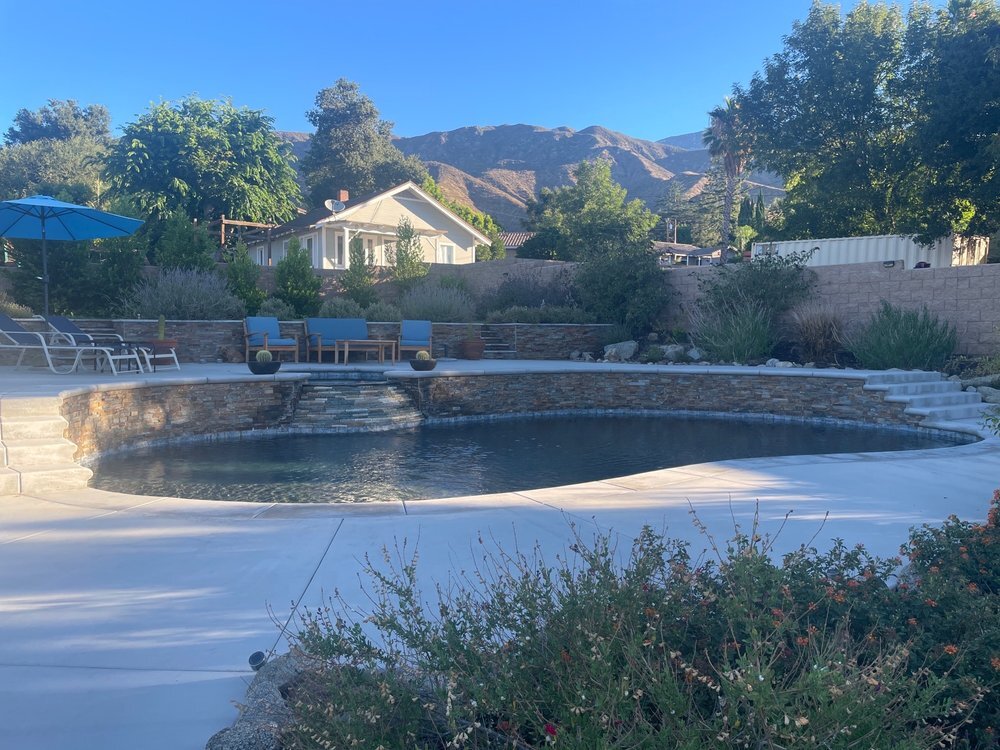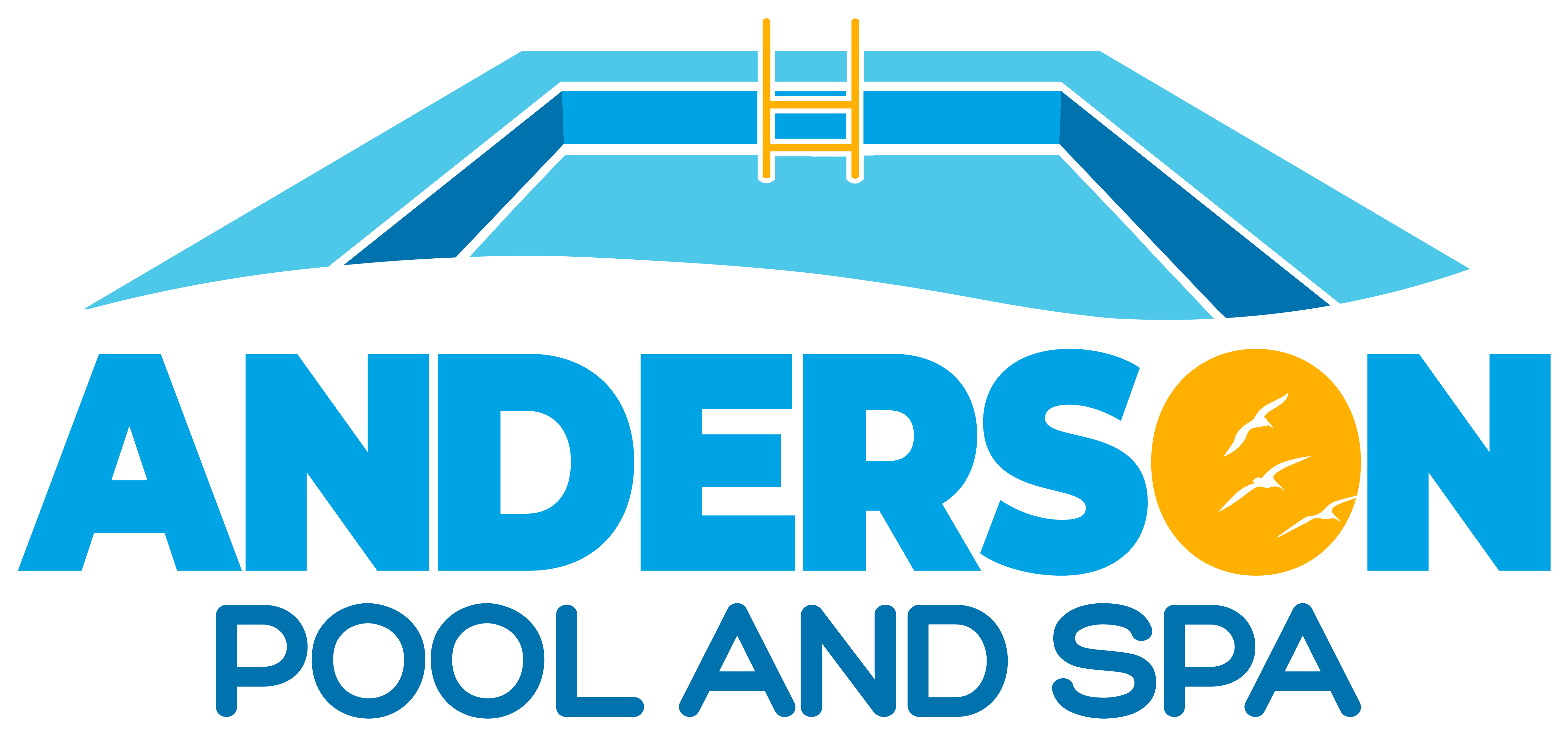As a pool owner, you’ve likely already realized that maintaining your swimming pool is not just about keeping the water clean. One of the critical aspects of pool maintenance is pool resurfacing. This process involves replacing the existing surface of your pool with a new one to keep it in top shape. In this blog post, we, at Anderson Pool and Spa, will provide you with all the necessary information you need to know about pool resurfacing.
Understanding Pool Resurfacing
Pool resurfacing, in its simplest terms, is akin to giving your pool a much-needed facelift. It’s not merely about slapping on a new coat of paint or replacing a few tiles here and there. Instead, it’s a comprehensive process that involves stripping away the old, worn-out surface of your pool and applying a fresh, new one. This isn’t purely cosmetic; pool resurfacing is an essential part of pool maintenance.
Why?
Because resurfacing your pool helps prevent leaks and cracks. Over time, your pool’s surface can become damaged due to various factors such as harsh weather conditions, the constant exposure to pool chemicals, and the usual wear and tear.
This can lead to small cracks or holes, which might seem insignificant at first but can gradually grow larger and cause water leaks. By resurfacing your pool, you can nip this problem in the bud and avoid the costly water waste and potential damage to your property.
Moreover, pool resurfacing significantly improves the pool’s appearance. A fresh, new surface can breathe life into your pool, making it look more inviting and appealing. You can choose from a variety of materials and finishes for the new surface, allowing you to customize the look of your pool to match your personal style or the overall aesthetic of your property.
Benefits
The benefits of pool resurfacing extend beyond just looks. A newly resurfaced pool also enhances the overall swimming experience. Think about it – swimming in a pool with a smooth, new surface is far more enjoyable than swimming in a pool with a rough, worn-out surface. Plus, certain types of pool surfaces can even make the water feel softer and more pleasant to swim in.
Yes, resurfacing your pool can be a hefty investment. The cost can vary greatly depending on the size of your pool, the type of material used for the new surface, and the current condition of your pool. However, when you consider the long-term benefits, it’s well worth the cost.
A well-maintained pool not only offers a luxurious swimming experience but also increases the value of your property. Potential homebuyers often view a well-kept pool as a valuable asset, so if you plan to sell your property in the future, a freshly resurfaced pool can boost its appeal and potentially fetch a higher selling price.
Things to Know About Pool Resurfacing
Navigating the pool resurfacing process can seem daunting, but with the right knowledge, it becomes a manageable task. Here are some crucial factors to consider, from timing and materials to cost and professional assistance, that will help you make informed decisions about your pool resurfacing project:
Timing is Key
The longevity of your pool’s surface depends on a few factors such as the type of pool, how frequently it’s used, and the climate in your area. For instance, a concrete pool typically needs to be resurfaced every 10-15 years due to the wear and tear caused by harsh pool chemicals and weather conditions.
On the other hand, a fiberglass pool might last longer, requiring resurfacing every 15-20 years. Keeping an eye out for signs of deterioration, like peeling plaster or visible cracks, can help you decide when it’s time for resurfacing.
Choice of Material
Pool surfaces can be made from various materials, each with its own set of advantages and disadvantages. Plaster is the most common and cost-effective option, but it can be prone to staining and discoloration.
Pebble surfaces are more durable and provide a natural, lustrous look, but they can be rough on the feet. Quartz surfaces are stain-resistant and maintain their color well, while tile surfaces offer a high-end look and feel but come with a higher price tag. Fiberglass is easy to maintain and has a smooth feel, but it doesn’t offer as many options for customization as the other materials.
Consider your budget, aesthetic preferences, and maintenance capabilities when choosing the right material for your pool.
Cost Varies
The cost of pool resurfacing can vary greatly depending on several factors. The size of your pool and the type of material you choose for the surface are two of the main cost determinants. For example, a larger pool will require more materials and labor, increasing the overall cost.
Similarly, high-end materials like tile or quartz will cost more than standard plaster. The current condition of your pool can also affect the cost; if extensive repairs are needed before the resurfacing can begin, this will add to the final bill.
Time-Consuming Process
Pool resurfacing is not a task that can be completed overnight. Depending on the size of your pool, the extent of the repairs needed, and the type of surface material being applied, it can take anywhere from a few days to several weeks. The process involves draining the pool, preparing the surface, applying the new material, and then allowing it to cure before the pool can be refilled and used again.
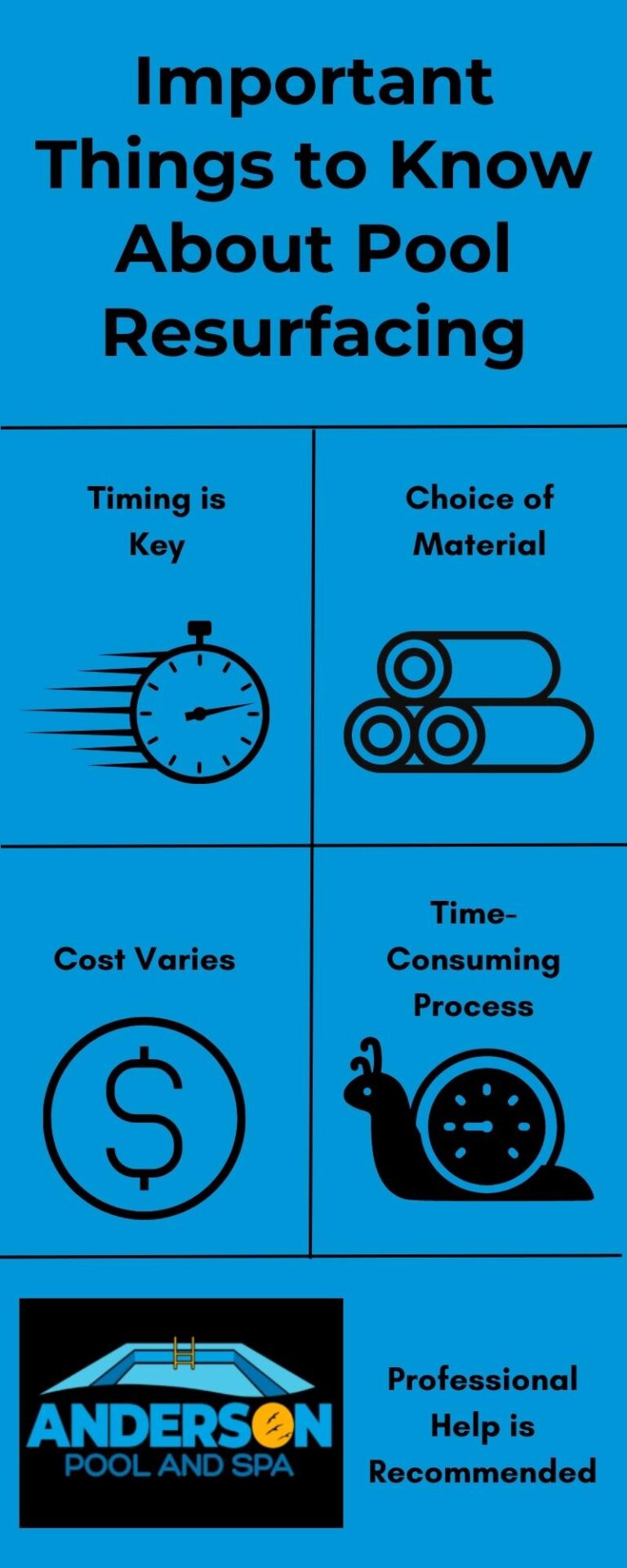
Professional Help is Recommended
While some pool owners might be tempted to take on resurfacing as a DIY project, it’s generally advisable to engage professionals for such a complex and labor-intensive task. This is where Anderson Pool and Spa comes in.
With our specialized knowledge, tools, and dedication, we ensure that your pool resurfacing is done right, resulting in a smooth, enduring surface that stands the test of time. What’s more, at Anderson Pool and Spa, we go the extra mile by offering warranties to provide you with additional peace of mind.
If you want to know more about the process of pool resurfacing, check out one of our other blogs on the subject.
The Truth
Pool resurfacing is a vital part of maintaining your swimming pool. It can improve the appearance of your pool, enhance your swimming experience, and increase the value of your property. If you’re considering pool resurfacing, it’s essential to consult with a professional service like Anderson Pool and Spa to ensure the job is done right. We have the expertise and equipment necessary to deliver a top-notch resurfacing that will make your pool look and function as good as new.
Remember, a well-maintained pool is not just an investment in your property; it’s an investment in the countless memories and joyful moments you’ll share with family and friends. After all, nothing beats a refreshing dip in a beautiful, well-kept pool!



